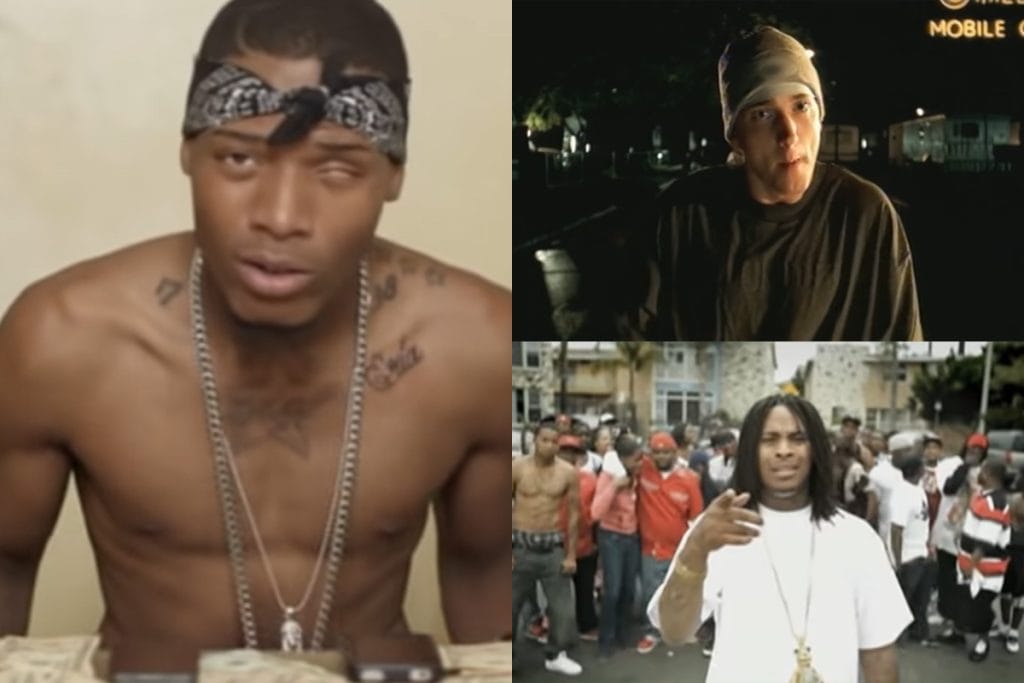
Rap and trap are two words that sound quite alike. And the two musical styles do share quite a bit in common too.
But while trap and rap might both fall under the broader umbrella of “hip-hop,” no one who regularly listens to the genres would say that they are the same thing.
So, what exactly is the difference between trap and rap? Let’s explore!
What Is The Difference Between Trap & Rap?
One of the simplest ways to think about this is that both rap and trap are subgenres of hip-hop, but they are marked by different approaches.
Rap focuses heavily on lyricism and rhythm. It has a sound that is very similar to hip-hop, except melody, chord progressions, and musicality are often downplayed to shine a light on the vocals / rapping.
That said, the terms “rap” and “hip-hop” have become somewhat interchangeable, and the two do share much in common.
Meanwhile, trap has a heavy emphasis on instrumentation and beats. Trap beats are very easy to identify once you’ve heard a few, and the specific hi-hat patterns used are very characteristic of trap.
The main commonality between rap and trap is that samples are often used to create the backing track. This isn’t always the case, but many famous rap and trap songs contain samples from classic soul, R&B, funk, etc.
Additionally, layering a sample with a heavy beat became very common in the 90s, something rap, and trap sometimes also share in common.
What’s The Big Deal About Trap Beats?
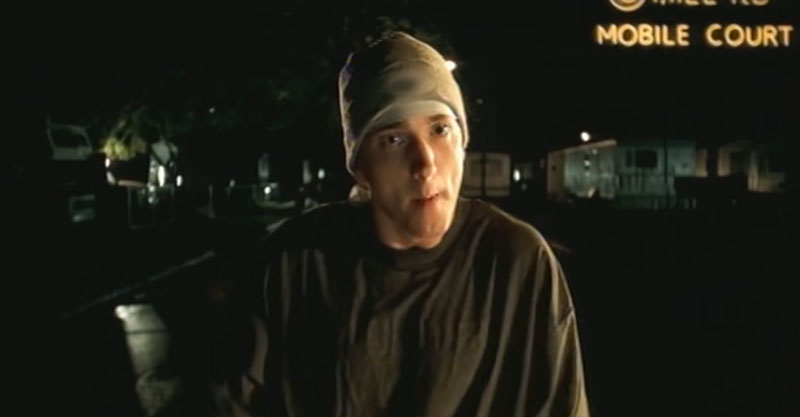
Trap beats have a very “now” sound that’s utilized across a wide array of genres – pop, R&B, reggaeton, and more.
As with any other type of beat, there aren’t any hard and fast rules, but you will find that most trap beats follow a similar formula to this:
- A tempo between 130 to 200 bpm
- Half-time drum pattern
- A deep, rumbling 808 bass
- Hi-hat rolls and triplets
When Did Rap Originate?
Rap is said to have originated as a musical style and as a culture in the Bronx borough of New York in the early 1970s, though some would argue it has much deeper roots (rhythmic chanting certainly does!). The genre spent some years in obscurity before crossing over into the mainstream.
Grandmaster Flash, DJ Disco Wiz, DJ Kool Herc, and others played a big part in establishing the hip-hop culture of the 70s.
Recorded hip-hop was still a bit of a rarity until the late 70s, however, when Sugarhill Gang released “Rapper’s Delight.” This is considered the first hip-hop record ever released, and it enjoyed unprecedented success in the mainstream.
The 80s would be led by the likes of LL Cool J and Run-D.M.C., and the decade to follow would largely belong to artists like Public Enemy, De La Soul, and A Tribe Called Quest, among others.
Rap continued to enjoy mainstream success throughout the 90s, 2000s, 2010s, and beyond. The 2010s are largely considered the “trap era.”
I’ve offered a summary here, but if you can explore rap and hip-hop’s roots in more depth, it’s well worth the history lesson!
When Did Trap Originate?
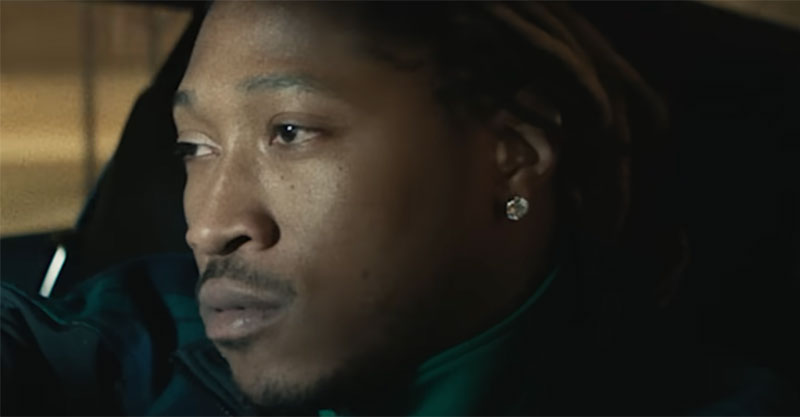
Originating in the Southern U.S. in the 1990s, trap is known for its complex hi-hat patterns, tuned kick drums (usually with a long decay), and lyrics that often focus on drugs and violence.
Producers like Mannie Fresh, Shawty Redd, Fatboi, Kurtis Mantronik, DJ Screw, and others pioneered the genre, but Lex Luger (who produced Waka Flocka Flame’s Flockaveli) is largely responsible for the modern trap sound.
So, while trap had its beginnings in the 1990s, trap as we know it today can be traced back to 2010.
Having crossed over into the mainstream, the genre has proven its staying power. Artists like Drake, Cardi B, Future, Post Malone, XXXTentacion, Travis Scott, Young Thug, and many others landed number-one hits with their trap tunes.
The genre has had a significant influence on pop and R&B too, and you can hear it in the music of Miley Cyrus, Ariana Grande, Rihanna, Beyoncé, and others. It has had an impact on reggaeton and K-pop too.
Rap Song Examples
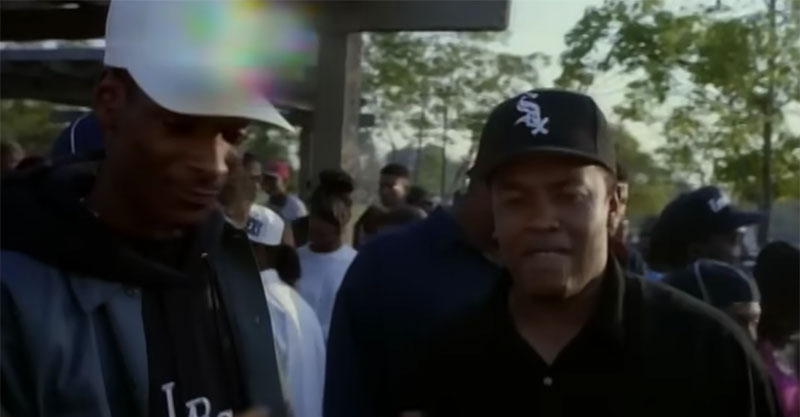
Rap is like any other genre. It may focus on lyricism and rhythm over other elements, but you can find a variety of different types of songs depending on the rapper, DJ, beatmaker, and/or producer. Everyone brings their personality to the music.
That said, we want to highlight a few prime examples of rap songs so you can become more acquainted with the genre. So, let’s explore a few bangers together.
“Lose Yourself” by Eminem
Eminem is considered one of the greatest rappers of all time, and “Lose Yourself” is considered one of the greatest rap songs of all time.
The song features a very repetitive (but catchy) electric guitar motif. It has a great build in intensity, as the rap evolves from the verse to the chorus.
The lyrics are raw, real, and autobiographical. They tell the story of an underdog who kept persisting in the face of repeated failure (i.e., Eminem). This is probably the part that people resonate with most.
Also, masterfully, there is not a wasted word in the lyrics. No part of the song is a throwaway.
Characteristic of a rap song, you can tell that the vocals have been pushed to front and center, with the backing track opting for a very simple, repetitive pattern that only serves to build as the song unfolds.
“Nuthin’ but a ‘G’ Thang” by Dr. Dre
Dr. Dre’s “Nuthin’ but a ‘G’ Thang,” stemming from his 1992 debut, The Chronic, is iconic, to say the least. Most rap critics rank it in their top three rap songs.
The song was even chosen by the Rock and Roll Hall of Fame as one of 500 songs that defined rock and roll.
“Nuthin’ but a ‘G’ Thang” kicks off with a smooth, funky vintage groove that loops throughout the entire tune. The opening verse, however, is delivered not by Dr. Dre but rather by the inimitable Snoop Dogg.
After Snoop spits a verse, he invites Dr. Dre to take the mic, and finally, the man makes his entry. From there, Snoop and Dre continue to trade rhymes, a format that has proven a winner since Sugarhill Gang.
Sampling and looping are common practices in rap songs, and “Nuthin’ but a ‘G’ Thang” contains samples from funk and soul singer Leon Haywood’s “I Want’a Do Something Freaky to You.”
“N.Y. State of Mind” by Nas
Originally appearing on Nas’ 1994 solo debut, Illmatic, “N.Y. State of Mind” has been praised for its lyricism and has been touted by many as the greatest rap song ever.
“N.Y. State of Mind” features a repetitive piano-driven riff and a pounding beat. As the story goes, producer DJ Premier sampled two jazz songs to craft this killer backing track – Joe Chambers’ “Mind Rain,” and Donald Byrd’s “Flight Time.”
Lyrically, the song is primarily about the dangers lurking in New York as well as Nas’ rapping talent.
“N.Y. State of Mind” made it to #31 on Rolling Stone magazine’s 100 Greatest Hip-Hop Songs of All Time.
Trap Song Examples
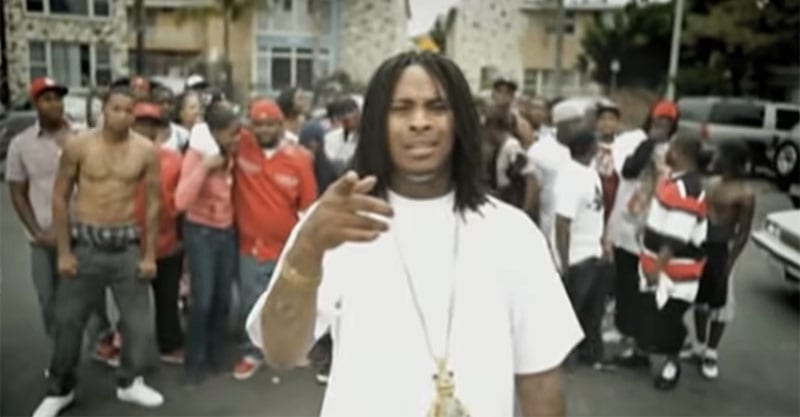
Trap is ubiquitous in rap and other mainstream music genres right now, and one of the things that should help make it very identifiable in your realm.
It’s usually the hi-hat rolls and triplets as well as the synthesizers that tip you off, but trap can sometimes be characterized by mumble rapping too (it’s proven quite trendy in the last few years). Also, the lyrical content is generally secondary to the instrumentation and beats.
Again, as with rap, different artists and producers bring their ideas to the genre, which should be obvious in the following, which are considered some of the best trap songs of all time.
“Trap Queen” by Fetty Wap
New Jersey rapper Fetty Wap’s debut single from his self-titled debut, “Trap Queen” is considered one of the greatest trap songs of all time and is even responsible for sending him through the stratosphere in 2015.
But it wasn’t instantaneous. First, the single made its way into the Billboard Hot 100, before eventually creeping up to the top 10, where it spent 25 consecutive weeks.
You’ll notice that the track’s sound is somewhere between electronic and hip-hop (which is effectively what trap is). The song picks up in the chorus, though, where you can hear a relatively standard trap beat.
Even fans of electronic music would probably find “Trap Queen” a catchy tune.
“Mask Off” by Future
From Future’s fifth self-titled album, “Mask Off” was released as the second single. Fun fact – it ended up eclipsing his first single, “Draco!”
The song features a sample from Carlton Williams’ “Prison Song,” which is accompanied by a very standard and prominent trap beat.
The mumbling, as well as the auto-tune vocals, are relatively typical of the genre as well.
“Hard in da Paint” by Waka Flocka Flame
Stemming from Waka Flocka Flame’s debut studio album, Flockaveli, “Hard in da Paint” was released as the second single off the album. The song became a bit of an underground hit before it was ever a commercial release.
Pitchfork named it one of the best songs of the decade so far in 2014.
The song has spawned multiple remixes featuring the likes of French Montana and Gucci Mane.
Does Trap Exclusively Refer To Rap Songs Featuring A Specific Style Of Beat?
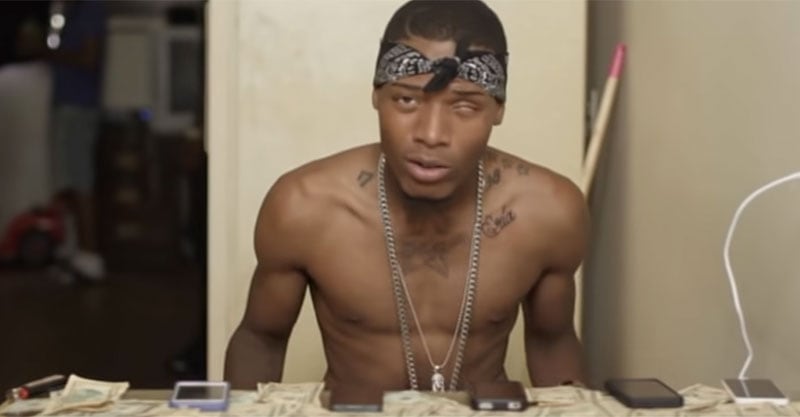
Not so much anymore.
Trap beats have infiltrated practically every popular genre of music imaginable – electronic, pop, K-pop, R&B, reggaeton, and much more. Plus, trap is now considered a genre all its own.
Trap also doesn’t need to contain lyrics to be trap. Think of Baauer’s “Harlem Shake,” which had a notable second life as an internet meme. The song may contain voices, but it does not feature any rapping. It’s an instrumental song.
But for all intents and purposes, let’s avoid the confusion and simply summarize that rap and trap are both subgenres of hip-hop, and trap is at the top of the heap here in the 2020s.
Rap Vs Trap, Final Thoughts
Now that you know the difference between trap and rap, it’s time to do some exploring on your own. Go and listen to multiple rap and trap songs and see if you can identify which is which. Have fun!